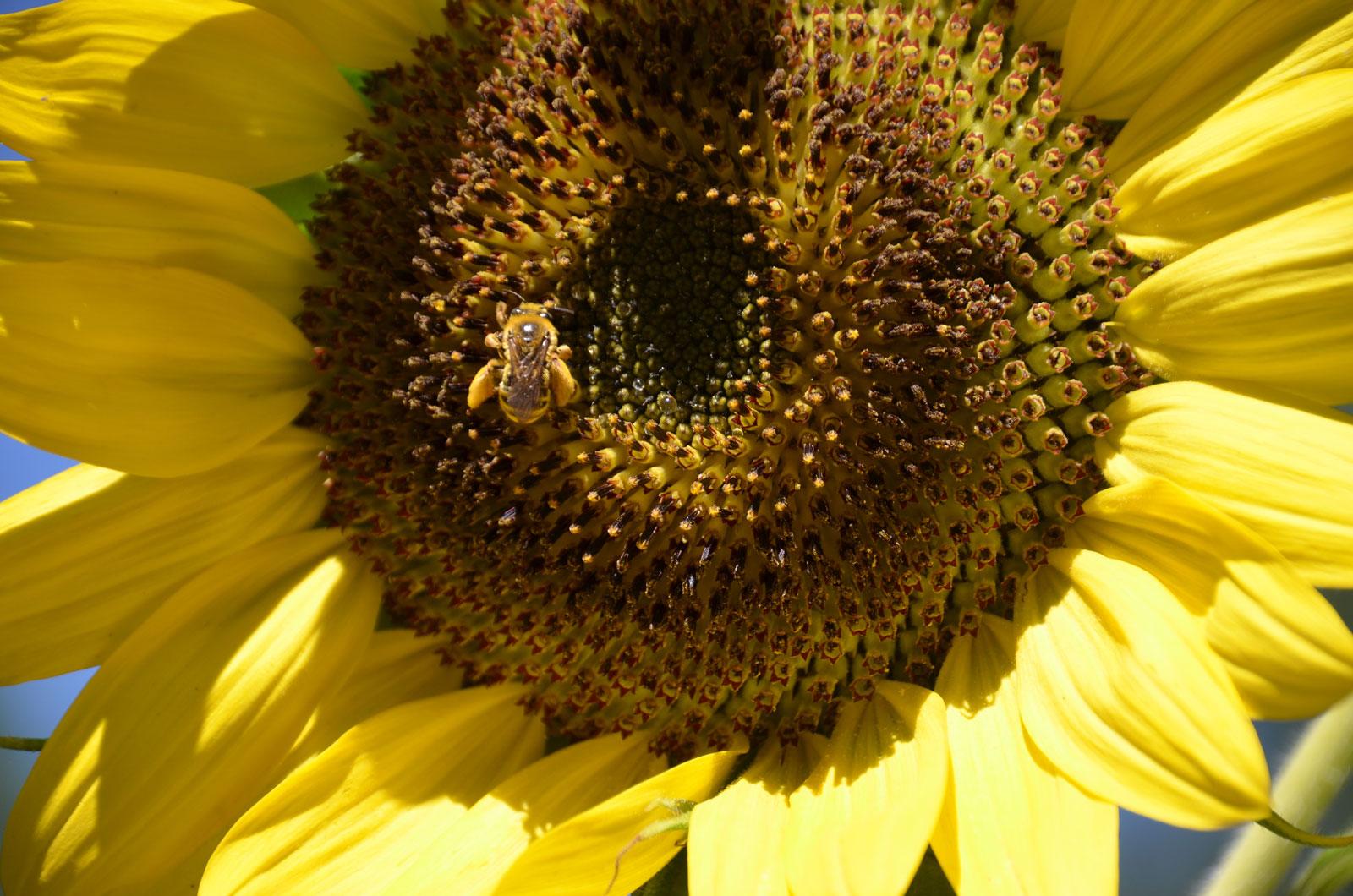Despite not being visible to the human eye, pollen can have a massive impact on anyone planning to paint the exterior of their home, as its presence can result in a patchy, flaky finish. To assist anyone planning to paint during pollen season Jimmy Englezos, Senior Brand Manager from Ronseal, has provided crucial guidance to help minimise disruption caused by pollen.
Keep a close eye on pollen counts
Pollen levels vary throughout the year, but they peak from March to September, which coincides with the ideal time to start painting a client’s exterior walls or woodwork.
Exterior paint usually takes between 6-24 hours to dry so you should try to plan this time to coincide with a low pollen count. On days with a high count, pollen can stick to wet paint which prevents it from drying correctly. This can lead to an imperfect finish and areas of paint may flake off as it is unable to dry directly onto the surface. In the long run, this pollen may stain, especially if using bright or lighter colours.
Choose a mild, windless day to paint
High winds and warm temperatures play a key part in dispersing pollen from the ground which could then end up interfering with any wet paint on the exterior surfaces. Choosing a cooler day with lower wind forecasts will help prevent a patchy appearance whilst ensuring a quality long-lasting finish.
Clean the wall thoroughly before painting
Cleaning surfaces is always an important part of the painting process that is often overlooked.
The best way to consider this is that no matter how good the paint you buy, it can only stick to what it’s in contact with, and, if that is a piece of debris, dirt, or pollen in this case, then the paint will come away as the debris or pollen does. This will then cause the paint to appear flaky, and the surface to look patchy.
For exterior walls, the best route is to clean them down with warm, soapy water, or sugar soap. You would also want to ensure you remove any loose or flaky paint before putting the new coating on for the same reasons as described earlier. Once the surface is clean, it must be allowed to fully dry before starting to paint.
Ultimately, if you can avoid periods when heavy pollen whilst painting exterior walls and surfaces then that’s ideal, as it is a big investment of time, and you want to ensure the best finish possible.
Thanks to Cara Yates Senior Category Manager at Toolstation for painting and decorating advice, and Jimmy Englezos, Senior Brand Manager from Ronseal.

